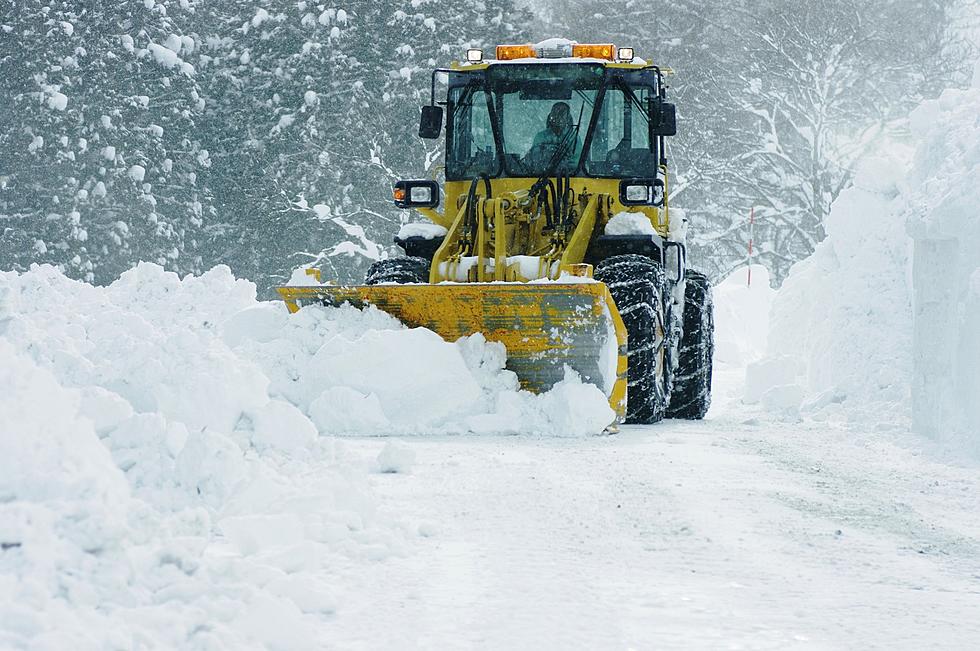
Remembering The Sioux Falls Winter Of (Nearly) 100 Inches
Oh boy, that winter of 1968-69 in Sioux Falls was a doozy.
Yes, we've gotten plenty of snow this winter. A couple of big snowfalls here in January and February pretty much stopped travel and movement here in the Sioux Empire.
Streets and highways closed. The interstates were shut down. Schools and businesses closed up for a day or two. Things pretty much came to a halt.

And then there was that winter back in the 'old days'. That nasty (well, more than nasty) winter of '68-'69.

I grew up about an hour or so from Sioux Falls, over there across the border in Minnesota, the Land of 10,000 (frozen) Lakes. In the Luverne, Pipestone area. Close to Edgerton to be specific and a mile from Leota to be exact.
A small farm, the only one on a mile stretch of gravel road. It snowed every winter of course. And then in that one winter, that dastardly winter of 1968-69, it snowed. And snowed. And then just for fun, it snowed a whole bunch more.
My dad and his farmer friends said we had a hundred inches. Did we? Had we really hit a hundred?
The answer is yes. Or at least, probably. Close enough.
Back in those days in that little rural area around Leota, we didn't have anything that might be called 'official'. But what was official was the National Weather Service in Sioux Falls, and those professionals pegged the official total in Sioux Falls at 94.7".
So for our purposes here, yes. The historic winter of 1968-69 had a hundred inches. At least just east of Sioux Falls, there around Chandler, Lismore, Kenneth, and Leota.
I remember when that one-mile stretch of gravel road did get cleared out, one lane, it was like driving through a tunnel. I was 13 at the time, and riding in the back seat of my dad's 1960 Chevy Biscayne. Looking left and looking right was nothing but white. And it would stay that way for a long time.
Memory tells me it would snow every Thursday, we'd get out of school early, be off Friday and dig out over the weekend. And then the same thing the next week, the week after that, and the week after that as well.
Of course, it didn't happen like that. You see, memory doesn't concern itself with cold, hard facts. It just seemed like that, now all these years later.
I think I saw that we're at something in the 50s as far as inches of snow so far this winter. We just got through another blast and there's still a good portion of winter left. But how about this? How about we don't set any kind of new snow record? How about we just let that record stand, the one set back there in '68-'69?
Man, as I recall, that sure was a bunch of snow.
LOOK: The most expensive weather and climate disasters in recent decades
More From KIKN-FM / Kickin' Country 99.1/100.5







![‘Yellowstone’ Season 5 Premiere Brings Devastating Loss to Dutton Family [Spoilers Alert]](http://townsquare.media/site/204/files/2022/11/attachment-yellowstone-season-5-premiere.jpg?w=980&q=75)
![A New ‘1923’ Teaser Previews the Gritty Next Installment of the ‘Yellowstone’ Origin Story [Watch]](http://townsquare.media/site/204/files/2022/11/attachment-1923.jpg?w=980&q=75)
